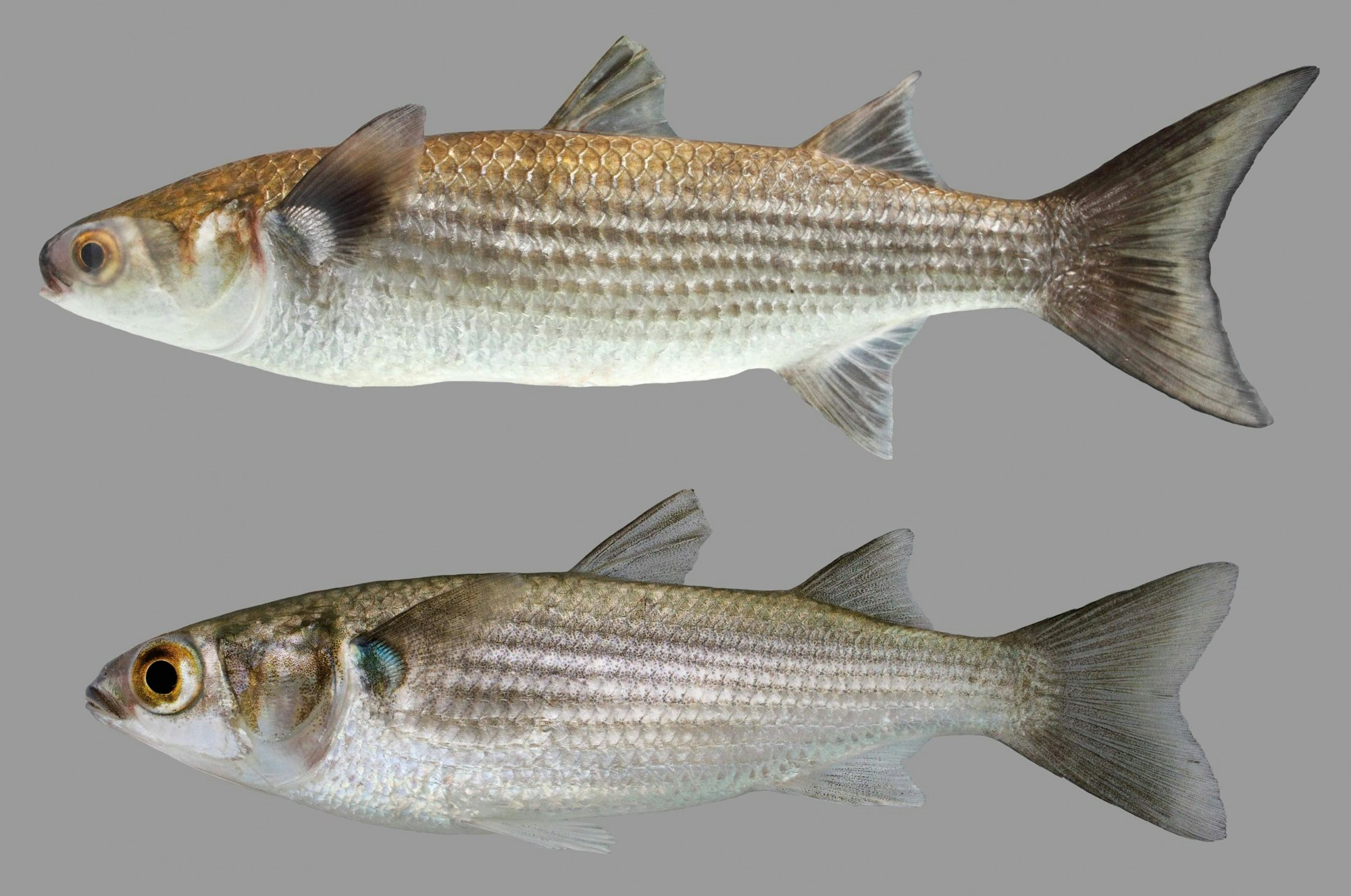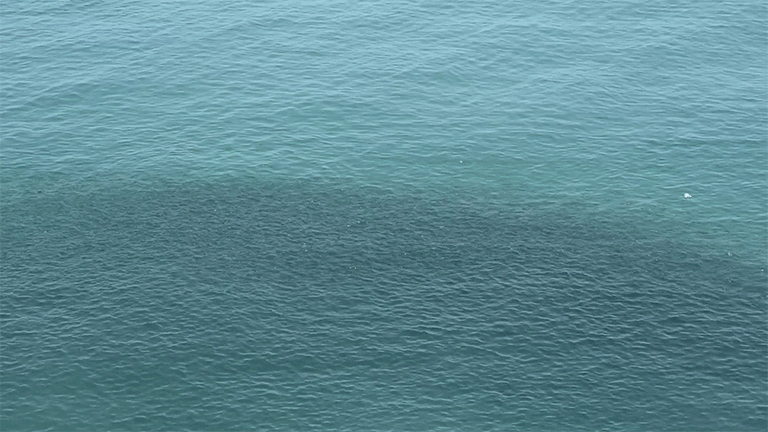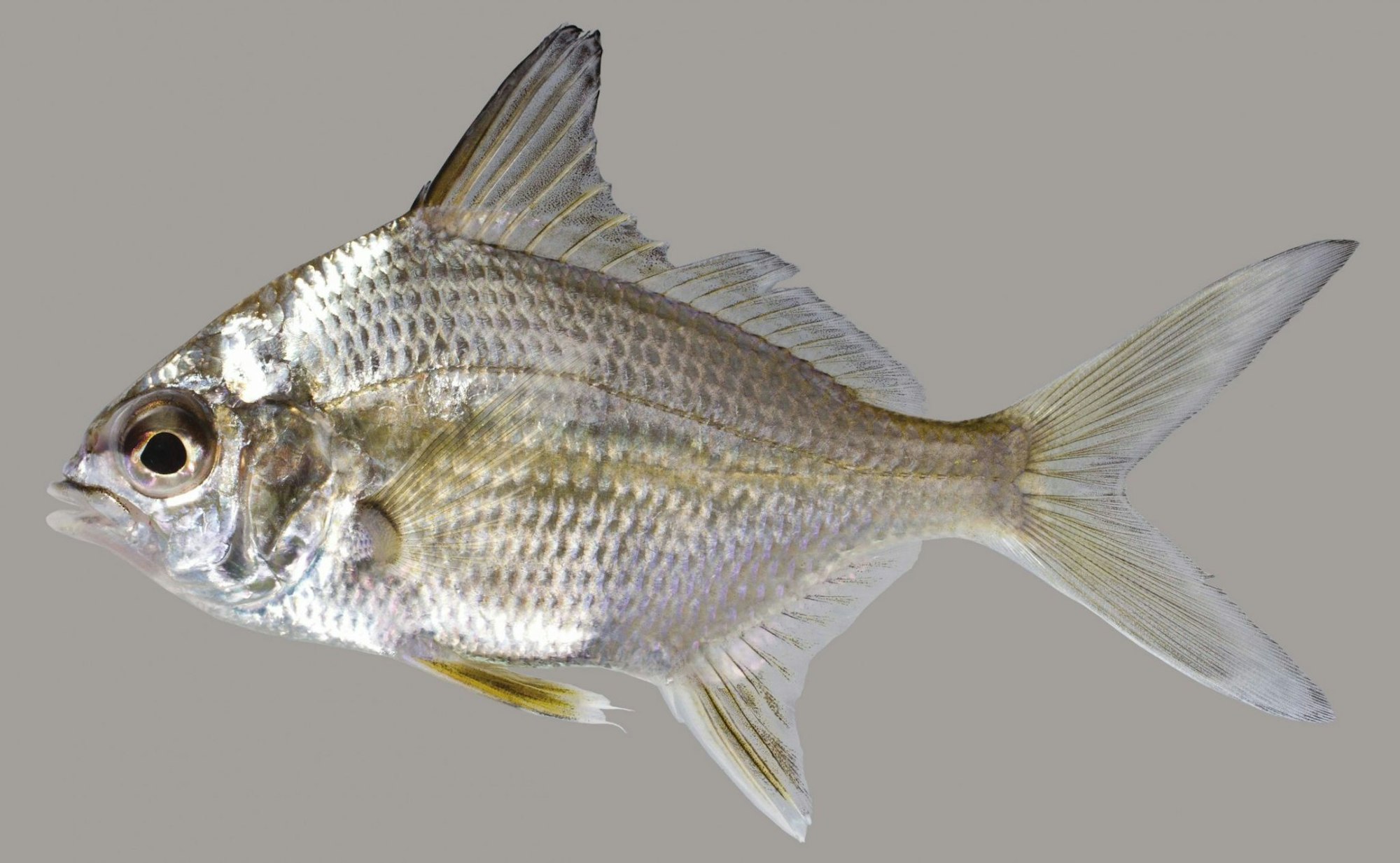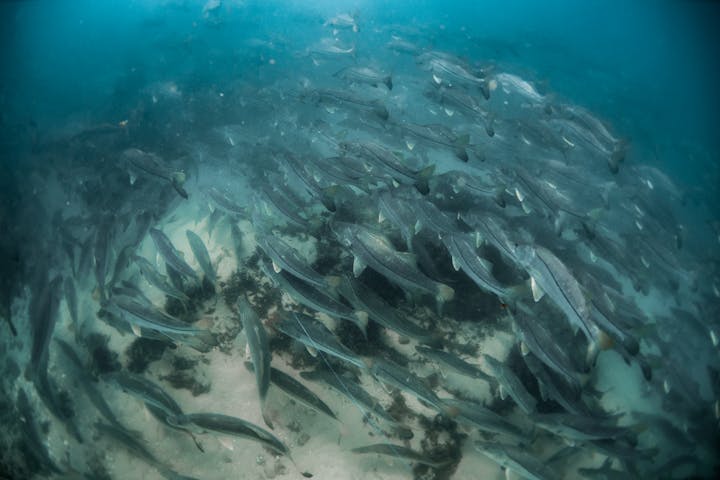Part 5: Small fish and invertebrates (The little fish that feed the bigger fish)

Sebastian Inlet is game fish heaven.
In the first four chapters of our fish series, we described the inlet’s vital role in providing safe passage for snook, grouper, snapper, redfish and other top shelf-species seeking food, shelter and spawning grounds in both the Atlantic Ocean and the Indian River Lagoon.
In this final chapter, world renowned biologist Dr. Grant Gilmore, our chief source for this series, describes the sea creatures at the bottom of the food chain, a group he describes as “small estuarine/ocean/reef fish and invertebrate migrators.” Yes, that is a mouthful.
“This group includes pinfish, pigfish, mojarras, grunts, snappers, sardines, anchovies, shrimp and blue crabs,” he says. “The mullets — striped, red eye, liza and fantail — are all in this category. This group normally doesn’t enter out fisheries, but it supports the fisheries by feeding all the top predators.”

Mullet make their appearance in a grand way. Every year, from September and well into November, millions of mullet embark on a migration ritual known as the mullet run. Sebastian Inlet anglers are on high alert, hoping to hook tarpon, snook, redfish, jacks and sharks partaking in this great feed.
“The mullet are the buffalo of the lagoon and the predator fish are like the Comanches following them,” Gilmore says. “They come down through the inlet; when the mullet run takes place all hell breaks loose on the beach. That’s the time to go fish.”
Mullet leave the lagoon via Sebastian Inlet to spawn in the ocean; the juvenile fish return to the lagoon around February, he says.
“The juvenile fish don’t look like adults; they’re silvery and look like they’re made of metal,” Gilmore says. “They come in here by the millions in January and February. They saturate the shallow water of the lagoon in winter and early spring.”

During their time in the lagoon, juveniles feed on mangrove detritus. In fact, the science supporting the symbiotic relationship between the lowly mullet and the mangroves was instrumental in the state of Florida’s decision to designate the mangroves as a protected species, Gilmore says.
“Mullet leave the lagoon at night and many are eaten by predators,” he said. “In this way, the mullet is like a pump. It’s eating mangrove leaves and taking all of the detritus out to the ocean so that dolphin and pelican can eat them. The mangrove is protected because it is a food source.”
Another frisky inlet bait fish is the mojarra. Sebastian Inlet boast the largest population of these fish in the United States. The inlet is also the only place where you’ll encounter all eleven species endemic to Florida.
“The mojarra migrates in and out of the inlet and is good snook bait,” Gilmore says. “The striped mojarra is the largest of them… nobody pays any attention to the little guys but you probably have four species in the lagoon.”

The various mojarras have individual preferences, he adds: “One likes one type of food, one likes one type of current, one likes a sand bottom, one likes seagrass and so on.”
Like the other small fish in this group, mojarras are an important food source for many other species. Gilmore can’t stress enough the inlet’s role in providing a link between the ocean and the estuary for the fish group that helps support the food chain.
“The Indian River Lagoon is a nursery for that offshore fishery,” Gilmore says. “A lot of people don’t understand that. You catch the grouper out there (in the ocean), but you have to have a healthy lagoon at this end. And you have to have an inlet.”

That sentiment is not lost on the Sebastian Inlet District’s commissioners, who consider the environmental aspects when implementing and monitoring projects.
"I've enjoyed Sebastian Inlet since the early 70s, mainly for all the recreational options the Inlet offered,” says Sebastian Inlet District Commissioner David Barney, an avid surfer, fisherman and coastal advocate. He’s also a member of the Sebastian Inlet Chapter of the Surfrider Foundation and has served on the Indian River County Beaches and Shores Preservation Advisory Committee. “Beyond its recreational offerings, Sebastian Inlet is one of the few passageways between the ocean and the Indian River Lagoon, its tidal circulation helping cleanse lagoon water while providing a passageway between the lagoon and the ocean for a variety of marine life. Hundreds of species of fish use the lagoon as a nursery and then migrate through the Inlet to mature on our offshore reefs.”
He adds, “The abundance and variety of fish is but one of several resources that make Sebastian Inlet a business magnet. In fact, a recent economic study found that Sebastian Inlet is an economic powerhouse, valued at $1.1 billion annually."
.JPG?ixlib=rb-1.1.0&w=2000&h=2000&fit=max&or=0&s=322cdf9e192ea4e4fd1956022a3a3bf7)
Inlets are also particularly important in moderating environmental conditions in the estuary, warmer Florida Current water can enter, and tidal circulation can exchange bad water for good, dilute nutrient and toxin loading, etc. This also means we can get unusual waifs from the sea like Ocean Sunfish!!!
Who we are: Created as an independent special taxing district in 1919 by special act of the Florida State Legislature, the Sebastian Inlet District was chartered to maintain the navigational channel between the Atlantic Ocean and the Indian River. The Sebastian Inlet District is responsible for bypassing sand that migrates into the inlet system to downdrift beaches per the Florida Beach & Shore Preservation Act, and conducts periodic dredging, channel maintenance, sand bypass and beach renourishment projects. Other critical functions include erosion control, emergency beach and dune repair, shoreline stabilization and inlet infrastructure maintenance, public safety in navigation, and environmental monitoring and protection. The Sebastian Inlet District routinely collaborates with marine scientists to conduct biological monitoring of the critically important habitats surrounding the inlet that support a broad range of different species.
Posted March 18, 2024




